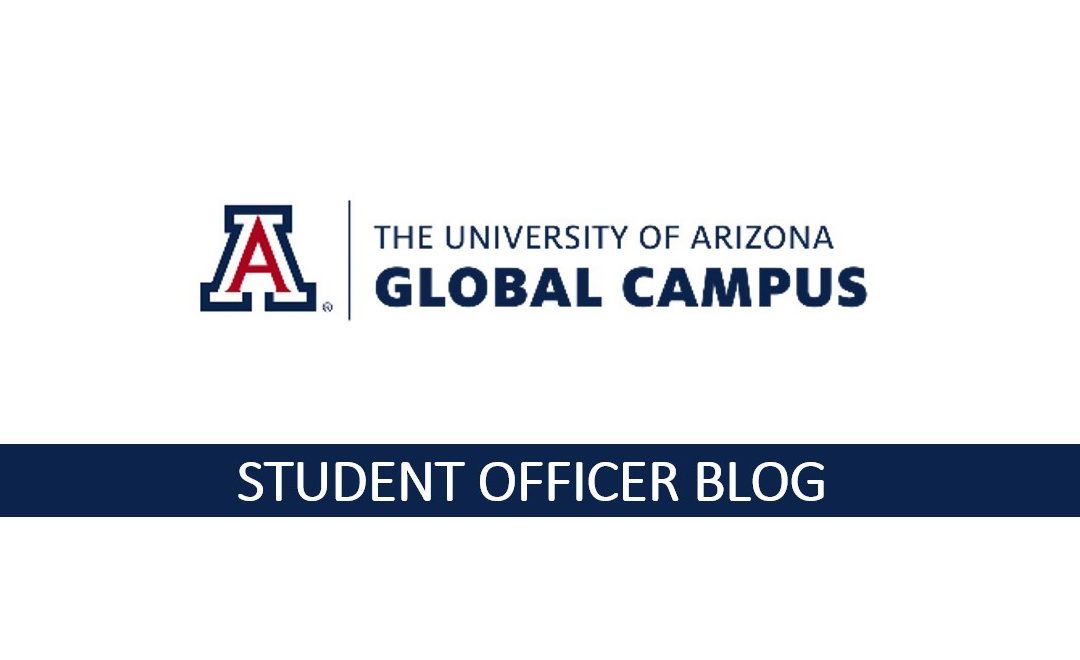In the complex ecosystem of modern business, the relationship between Human Resources (HR) and Business Management is not just significant; it is pivotal. In Nina Woodard’s training on the purpose and relationship between HR and managers, she explores the intricacies of this symbiotic connection and sheds light on why it’s vital for organizations to nurture and leverage it effectively.
1. The Purpose of HR in a Business
HR is the glue that binds an organization’s mission, vision, values, and strategic agenda. It serves as the bridge connecting the aspirations of business managers and the well-being of employees. This role is fundamental in establishing the foundation upon which a successful business can thrive.
2. Building Relationships: What’s in it for Everyone?
Effective relationship building is the cornerstone of HR’s role. HR professionals must consider what’s in it for the business managers, the employees, and, importantly, what’s in it for HR itself. Trust is the linchpin that holds these relationships together.
a. What’s in it for HR?
For HR professionals, cultivating relationships with business managers creates a network of invaluable connections. These relationships enable HR to better understand the intricacies of the organization’s culture and strategy.
b. What’s in it for Business Managers?
HR supports business managers by providing the tools, education, and resources they need to manage their teams efficiently. This support is crucial in ensuring that teams succeed and contribute to the organization’s overall success.
c. What’s in it for Employees?
Employees benefit from HR’s role in fostering a culture where they feel heard and understood. HR ensures that employees have access to resources for career development, creating a culture of belonging within the organization.
3. Why Building Relationships is Crucial
The adage that “employees don’t leave businesses; they leave their supervisors” underscores the importance of managers in shaping an organization’s culture. HR plays a pivotal role in equipping managers with the tools and guidance they need to create a culture that attracts and retains talent.
4. HR as the Builder of Organizational Culture
HR is not just a support function; it’s the architect of the framework for a strong organizational culture. Thinking strategically and building relationships are essential components of this role. By identifying strategic partners, HR gains a better understanding of the company’s values, mission, and areas in need of improvement.
5. Aligning HR Strategy with Business Strategies
To succeed, HR must align its strategy with the broader goals of the organization. This alignment involves:
- Creating an immersive customer experience.
- Addressing people-related factors such as pay, employee engagement, reward systems, compensation, benefits, and hiring.
- Focusing on operational aspects, including team development and rewards.
- Managing external factors, such as supply chain relationships and legal partnerships.
- Ensuring sustainability through compliance and risk mitigation.
6. Coaching vs. Directing
Effective HR involves coaching rather than dictating. Managers should be empowered to solve problems with HR’s guidance. HR professionals must provide references and resources to help managers and their teams navigate complex issues.
7. Measuring Impact on the Bottom Line
Measuring and tracking metrics enable HR to better assist managers. HR strategies that support business goals include talent acquisition strategies, leadership development programs, employee branding initiatives, and efforts to enhance employee engagement and retention.
8. Personalizing HR Strategy
HR professionals should adopt a business-centric approach, demonstrating their commitment to the organization’s success. This can be achieved by monitoring metrics, studying financial reports, and gaining a deep understanding of the business.
9. Tips on Strategic Thinking
- Strengthen connections within the organization.
- Align HR objectives with the broader business objectives.
- Stay vigilant about market trends and the external environment.
- Embrace courage in decision-making.
In the intricate dance between HR and Business Management, strategic thinking and relationship building are the choreographers of success. HR’s role is not just supportive but transformative, shaping organizational culture and aligning strategies for a prosperous future. As HR professionals, embracing these principles can propel our organizations to new heights of achievement.

Rachel Cardwell
Director of Communications & Social Media
Forbes School of Business & Technology SHRM Chapter


